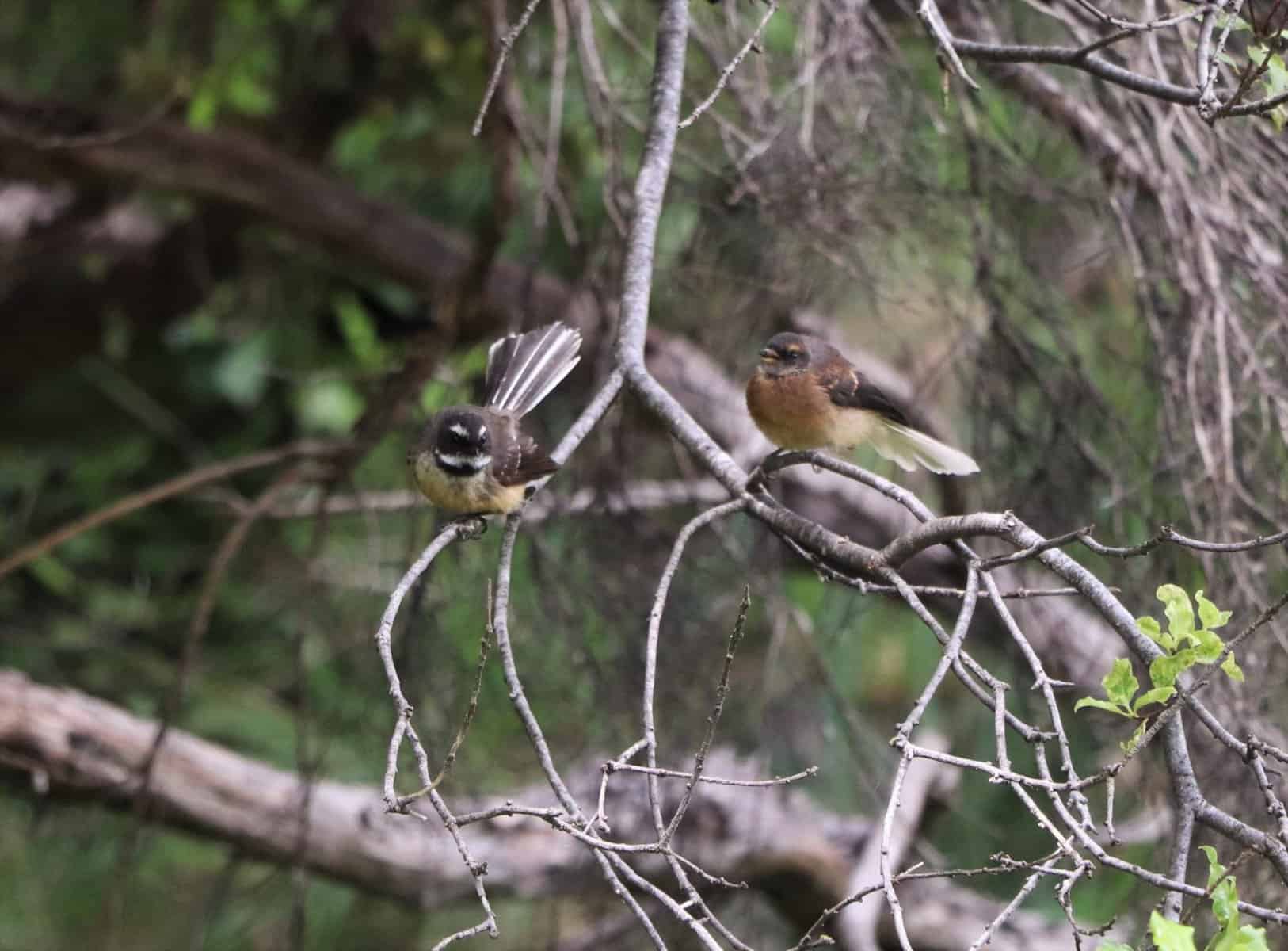The goal was to compare the biodiversity benefits under different pest control strategies that are used across NZ’s mainland, from strategies aimed at eradicating pests, to those that reduce pests to low densities. A paper presenting the findings of this analysis has recently been published by a Manaaki Whenua-led team in Ecological Monographs.
Data from across all participating sanctuaries was combined into a standard format. There were 447 biodiversity response measures (e.g. bird counts, invertebrate counts, seedling or sapling counts) extracted from 16 sanctuaries (4 ring-fenced, 3 peninsula-fenced, 9 unfenced mainland islands). From each response measure an ‘effect size’ was calculated to measure the biodiversity benefit of pest control. Changes in benefits for birds, invertebrates and vegetation were tracked for each year that there was intensive multi-species pest control, over 20 years of restoration.
The results found that there were strong benefits for native birds, invertebrates and vegetation from all types of pest-managed restoration on mainland Aotearoa. The greatest benefits came from pest control regimes that focused on eradication, such as fenced sanctuaries.
Birds species that are ‘deep endemics’ (highly unique and specialized to Aotearoa’s environment) received the greatest benefits from pest control, with complete eradication or sustained suppression of pests to very low levels providing the best outcomes. After about seven years of being pest-free, deep endemics were abundant enough to out-compete exotic bird species.
Fenced sanctuaries were found to have the highest level of species richness (i.e. number of different species) for native birds. In all types of sanctuaries, bird populations recovered most rapidly over the first five years of pest control; after five years, bird populations continued to increase in fenced sanctuaries and leveled off in unfenced areas.
There was also evidence of pest control providing some benefit to invertebrates, in particular wētā which tended to increase in number. Other groups of invertebrates showed some decline, which may be due to more predation from increasing bird populations, or from non-targeted pest species such as mice. Vegetation benefits from pest control as well, particularly for plant species that are preferred by possums or ship rats.
This analysis provided important insights into how pest control within Aotearoa’s sanctuaries is impacting our native flora and fauna. Thanks to the collaboration across many different sanctuaries, it offers some of the strongest evidence worldwide for the benefits of pest control in ecological restorations on the mainland. This new understanding of the biodiversity benefits under different pest control strategies, will be critical for designing an effective national strategy for restoration on Aotearoa’s mainland and other countries. You can read the paper here.
Rachelle Binny (), John Innes, Neil Fitzgerald, Roger Pech, Robbie Price (Manaaki Whenua), Craig Gillies (DOC), Alex James (University of Canterbury) and Andrea Byrom (Manaaki Whenua, NZ’s BioHeritage National Science Challenge)
